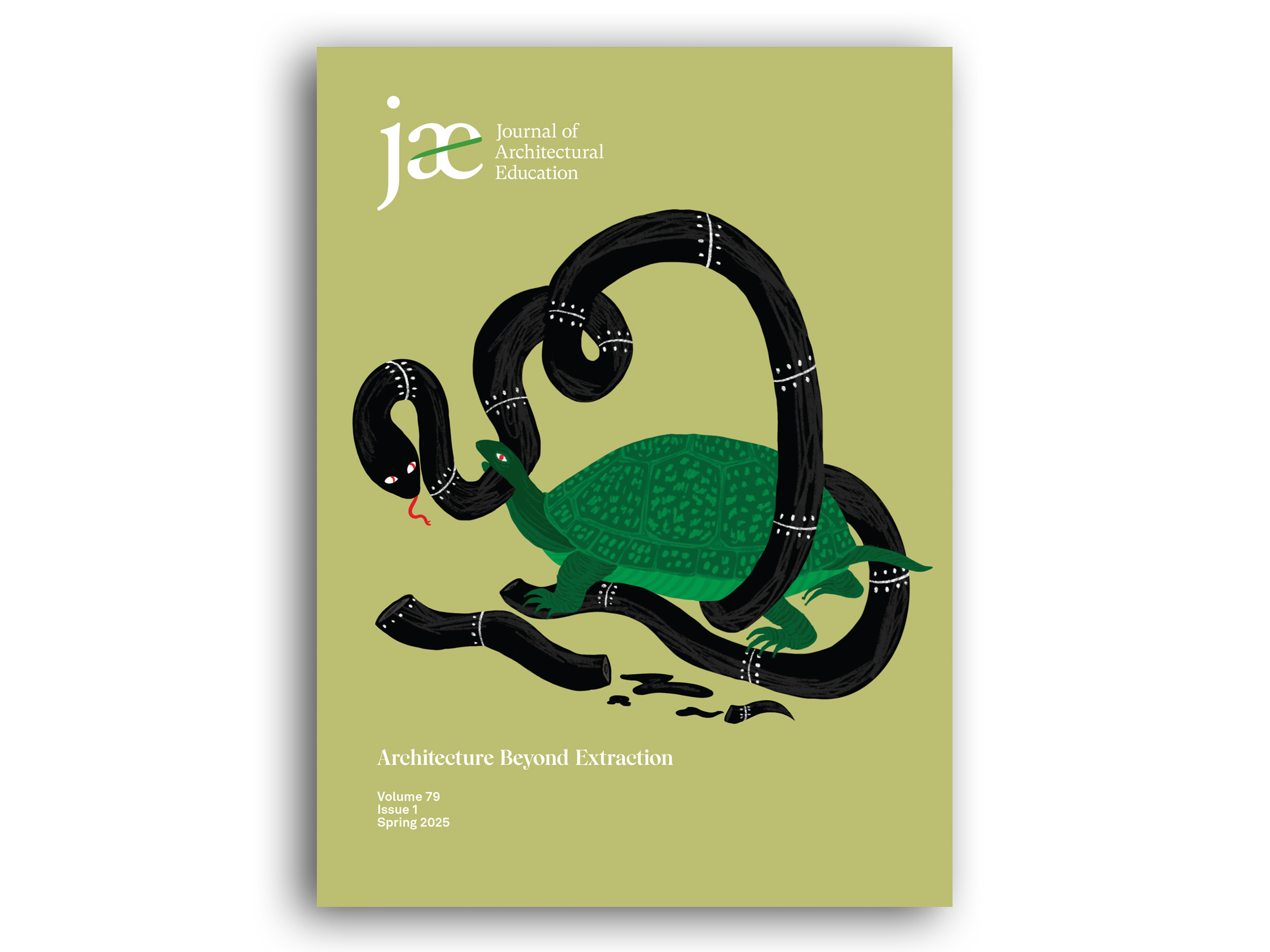The term extraction derives from the Latin extrahere, meaning “to draw out,” “to drag out,” “to remove.” While the extraction of materials and labor has been occurring for thousands of years, colonialism and global capitalism have accelerated the removal and commodification of physical and nonphysical resources. According to a UN report from earlier this year, raw material extraction has increased by almost four hundred percent since 1970 due to industrialization, urbanization and population growth. Perhaps more worrisome is that extraction is expected to grow by sixty percent by 2060, inciting “calamitous consequences for climate and the environment.” Economic and political structures have natural-ized the concept of extraction into most aspects of contemporary culture, defining our current system of extractivism. Political scientist Thea Riofrancos refers to extractivism as the modality through which capitalism is lived: “Entire societies are shaped by the fact that the extraction of materials is the fundamental economic basis of their economies, and therefore shapes everything from ideology to civil society, from labor relations to subjectivity.” Any attempt to go beyond extraction and extractivism must first acknowledge these broader systems to shape the possibility for new forms of life.
Situating architecture’s relation-ship with—and beyond—the many forms of contemporary extractivism and extraction, this issue reimagines ‘drawing out’ as an expansive and inclusive practice to challenge the underlying logics of extraction within design. In an attempt to situate architecture’s entanglements with extraction—as well as ask how we might disentangle these processes—we ask: How are architectural practices, pedagogies and institutions permeated by extractive logics? Going beyond extractive regimes, what alternative spatial, economic and political models can more equitably consider, respect and distribute elements? How are colonialism, labor and technology implicated in the production of the built environment? How might we go beyond extractive models to consider mutualism and solidarity as critical to the formation of regenerative systems? As capitalism and extraction have become synonymous, we are interested in how the material conditions on—and from—the ground might catalyze other ways of thinking and living.
